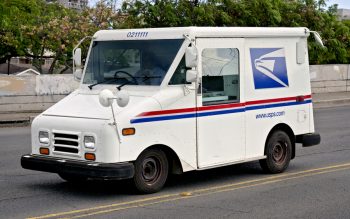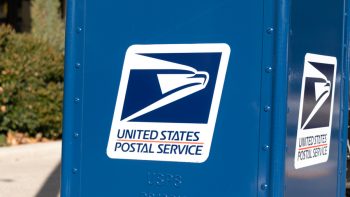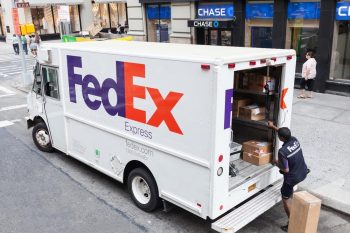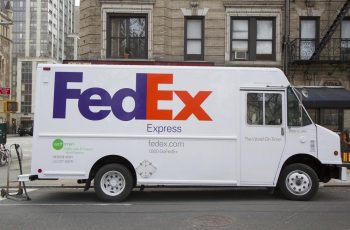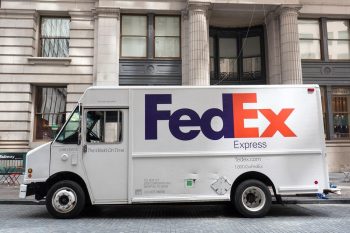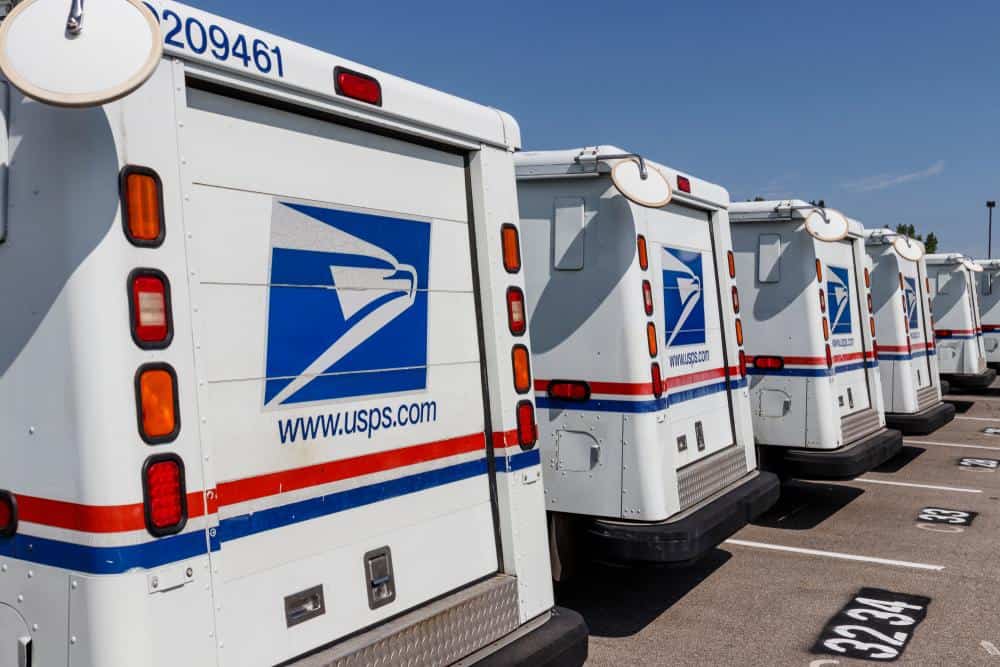
The United States Postal Service (USPS) and United Parcel Service (UPS) are two of the most recognized and utilized shipping services across the globe. However, when comparing costs for shipping packages, USPS is generally cheaper than UPS. But why is that so? Let’s delve into the reasons behind this cost difference and provide you with an in-depth understanding of the pricing structures of these two shipping giants.
USPS is generally cheaper than UPS because it’s a government agency with a mandate to provide universal service at affordable prices. USPS is designed to ship smaller, lighter packages cost-effectively, offers free shipping supplies, discounted shipping labels, and implements cost reduction initiatives. On the other hand, UPS, a private company, focuses on market-driven pricing, offers a broader range of logistics and supply chain management services, and handles larger, heavier packages, which can lead to higher prices.
USPS vs. UPS: A Brief Overview
Before we delve into the reasons behind the cost difference, it’s important to understand the fundamental differences between USPS and UPS. USPS is a government agency responsible for providing postal services in the United States, while UPS is a private company that provides package delivery and supply chain management services to businesses and individual customers worldwide. These differences in their organizational structure, service offerings, market focus, and pricing regulations affect their pricing strategies, with USPS focusing on providing affordable universal service and UPS targeting high-growth areas with more flexible, market-driven pricing.
Key Factors Affecting USPS and UPS Pricing
Package Size and Weight
The size and weight of packages significantly influence the cost difference between USPS and UPS. USPS is designed to ship smaller packages cost-effectively within the United States, whereas UPS is better suited for larger, heavier packages. For packages weighing less than two pounds, USPS Priority Mail is considerably more affordable compared to UPS Ground. USPS’s maximum weight limit is 70 pounds per package, whereas UPS has a maximum weight threshold of 150 pounds.
Business Model
USPS, being a government agency, operates under a mandate to provide universal service at affordable prices. This means it must serve all areas of the country, regardless of profitability. UPS, on the other hand, is a private company that focuses on innovative, customer-first solutions in high-growth areas like healthcare, small business, and international markets. This difference in business models leads to variations in pricing for similar services.
Service Offerings
USPS offers various services that make it a more economical option for shipping, including USPS Ground Advantage, Priority Mail, Media Mail, commercial discounts, and cubic rates. UPS, in contrast, offers a broader range of logistics and supply chain management services, which can lead to higher prices for specialized services.
Additional Services and Their Influence on Pricing
UPS offers additional services such as tracking and insurance, which provide extra value and protection for customers. These services can increase the overall cost of shipping but may be necessary for certain packages or customers. USPS, on the other hand, provides free shipping supplies, discounted shipping labels, and implements cost reduction initiatives, among other strategies, to maintain affordable rates.
International Shipping: USPS vs. UPS
When it comes to international shipping, the pricing structure of USPS and UPS varies depending on the service, package weight, and destination. UPS International generally provides lower rates than USPS International services for larger packages. However, USPS is a better option for lightweight shipments of less than 2 lbs.
Shipping Time Comparison
The shipping time of USPS compared to UPS varies depending on the specific service chosen. USPS’s domestic deliveries can arrive in 1-3 business days with their Priority Mail service, while UPS Ground shipments within the 50 states and Puerto Rico generally take 1-5 business days depending on the origin and destination ZIP codes.
Conclusion
While USPS is generally cheaper than UPS, the best shipping option depends on your specific needs, including the size and weight of the package, destination, and required delivery time. Both USPS and UPS offer a variety of services designed to meet different shipping needs, so it’s essential to compare the rates and services of each carrier before making a decision.
In summary, USPS’s focus on providing affordable universal service, its cost-effective options for smaller and lighter packages, and its cost-saving strategies contribute to its lower prices compared to UPS. However, UPS’s flexible, market-driven pricing, its range of services, and its capabilities for larger and heavier packages can make it a preferable option in certain circumstances. Ultimately, the choice between USPS and UPS will depend on the specific needs and priorities of the shipper.
Frequently Asked Questions
What is the maximum size of a package that can be shipped through USPS?
The maximum size for most USPS mail and packages is a combined length and girth of 108 inches.
Does UPS offer any price advantages for regular shippers or businesses?
Yes, UPS offers volume-based discounts for regular shippers and businesses. Additionally, UPS has a rewards program called UPS Small Business Program that offers discounts and other benefits to small businesses.
Does USPS provide any tracking services?
Yes, USPS provides tracking services for most of its mail and packages. The level of tracking detail depends on the specific service used.
Are there any additional fees for USPS or UPS services?
Both USPS and UPS may charge additional fees depending on the specifics of the shipment. These can include fees for oversized packages, fuel surcharges, and fees for additional services like insurance or delivery confirmation.
Is there any customer service available for USPS and UPS?
Yes, both USPS and UPS provide customer service. USPS customer service can be reached by phone or through their website, while UPS customer service is available by phone, email, and through their website.


